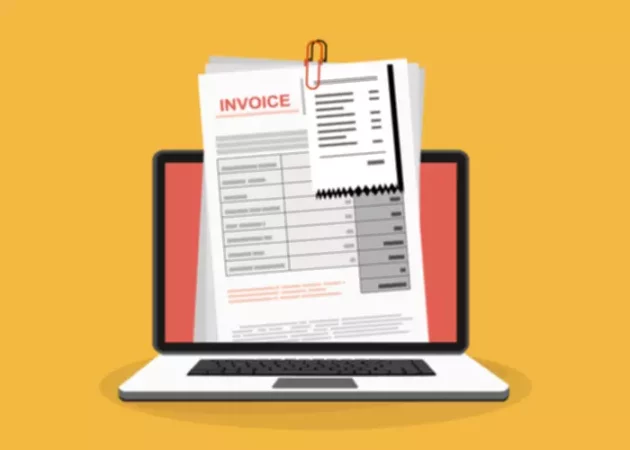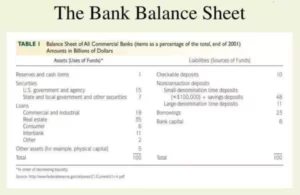Invoice Basics
A business is setting up its expectations ahead with invoice payment terms. To do this you need to make sure that you cover exactly how and when you expect to be paid. So what do you do?
- You need to start by establishing who you are.
You first need to state your company name, registered office address, company registration number. Tell them all the information they need to know about you.
- Next, you need to clarify who they are.
Have their name and address specified in the invoice. You should invoice the right legal entity, so make sure you clarify this with your customer.
- A method of payment is ascertained next.
Do you want them to pay you by direct debit? If so, state the date when the direct debit will be coming out, including the direct debit mandate form filled in as much as possible to encourage clients to pay by direct debit. If banks is your preferred choice, make sure you include your account name and account number in the invoice.
Most online accounting software allows your customers to send you money by just clicking a link on digital the invoice and making a quick online payment. If you or your customer prefer checks, consider that you are likely to receive a payment somewhat later and will need to physically deposit it in your bank and wait for the check to clear and funds to be in your account.
- Finally, you would specify the payment terms.
Your invoice is what will go to your customer’s accounts payable person, if they have one, and it is useful for them to know how long they got to pay the invoice. An issue can arise if you only put these payment terms on the invoice and that is because your contract would be created before the invoice is delivered. Thus, any extra terms that you might impose on your invoice that did not appear on the contract (Terms and Conditions) itself have no legal effect.

Payment Terms Explained
When specifying the conditions of invoice payment, you will write something like Net 10 or Net 90. What does it mean? Whatever number you place next to the word Net is the timeframe in which you are giving your customer to make the invoice payment. Usually, this term is 30 days or less.
To stimulate the other party pay sooner, the small business can give an incentive. For example, it can be 5% off the total payment if the customer pays within 15 days instead of the 30 days given to pay the invoice. The invoice would state 5/15 Net 30. Your business will benefit from a better cash flow that you can use to finance other activities and generate more money and the customer, in this case, will benefit from an additional discount. The business decides on the discount amount based on various factors.
Some businesses go in the opposite direction and charge late fees to motivate their clients to pay on time. This is both good and bad. On a positive side, if you specify this fee early on and in writing and also state it on the invoice, you set yourself as a serious business.
On the other hand, it might turn away some of your customers, especially if they are not completely satisfied with your product or service. There are also cases when you need to be somewhat lenient on these terms. For example, it might be your long-term client, although not necessarily, that is going through a very difficult time and needs a little more time to pay that invoice. Being empathetic in such cases and waving the fee will set your business as a business that truly cares about its clients.
To decide how much your late fee should be, you first need to check with your particular state laws on the maximum annual interest rate you are allowed to charge. If the rate, for instance, is 15%, the monthly charge will equal 1.25%. Let’s say your customer owes you $2,000 and is late 10 days. The late fee charged will equal to 10 divided by 365 and multiplied by 15%, then invoice total. Your customer will owe you about $8 on top of the invoice total. The late fee can also be just a flat fee.
How to Get Your Money Faster?
Small businesses can use different tactics to get their invoices paid faster. We are going to share some tips to make it actually happen.
- Before starting the work for your client, make sure the client knows your payment expectations.
- As for the terms themselves, if you think that giving your clients one month to pay is still normal, think again. The majority of small businesses now give two weeks or less and over half ask for payment within one week. This is totally reasonable, especially if you make it easy for your clients to pay.
- You also need to explain how to pay. Does your organization accept electronic bank transfers, credit cards, and checks or only some of these payment options? As we said earlier, it should be spelled out, including any bank details necessary for electronic payments.
- Make it easy for people who owe you money to know what exactly they are paying for and how much by clearly listing different parts of the job separately on their own lines using language your client will understand. If you have international customers, you also need to clearly state which currency applies.
- Small businesses should also consider offering discounts for paying early as incentives. For example, it can be a 2% discount if the customer pays the invoice within 10 days as opposed to 14 days. This is the positive psychology alternative to charging penalties for overdue payments, which is of course also an option.
- Finally, do not be afraid to remind a person or company that a due date is coming up and let them know late fees that they agreed to will be charged if the payment is not made before due date. If you turn to invoicing software, creating and sending the invoice as well as automizing online reminders should be very simplified for you.

















